Further to the post on 22 April this year, the plot on the corner of Blake Hall Road/ Blake Hall Crescent and Belgrave Road has developed even beyond our wildest expectations.
Redbridge Council issued us with a small bag of wildflower seeds which, after preparing the plot, we scattered.
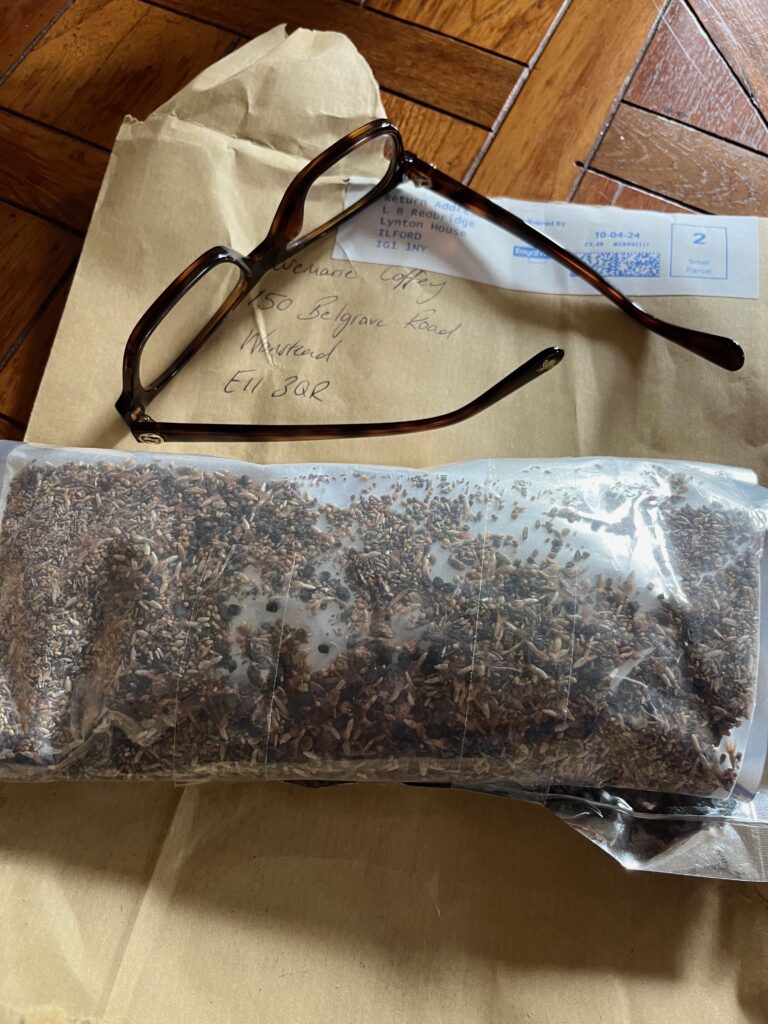
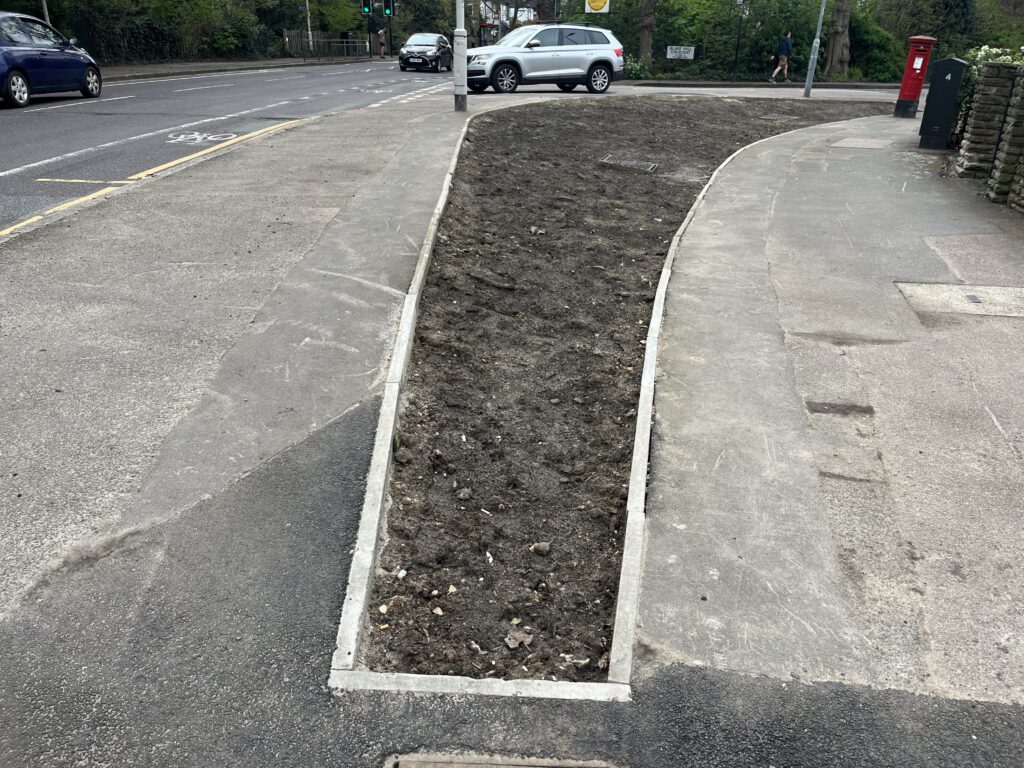
Some of us were a little sceptical regarding how the rain garden/wildflower plot would develop. In order to make the plot look cared for, volunteers planted contributions from their own gardens. One of our volunteers provided signs and we kept a close eye on how the plot was being respected by the public.
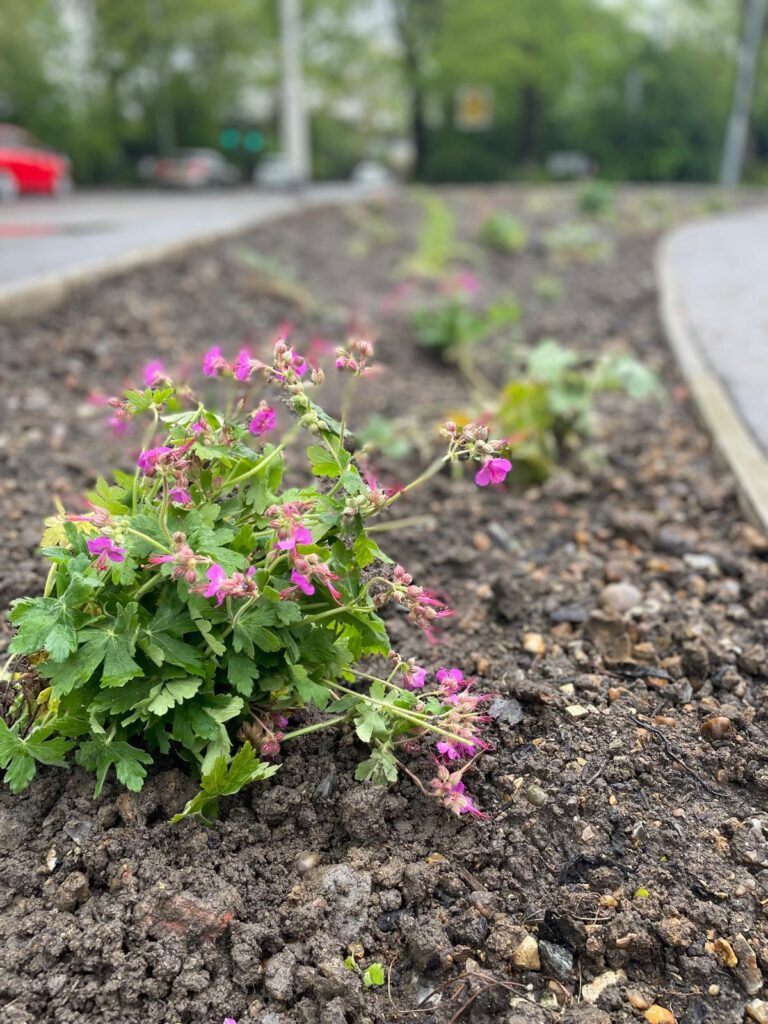
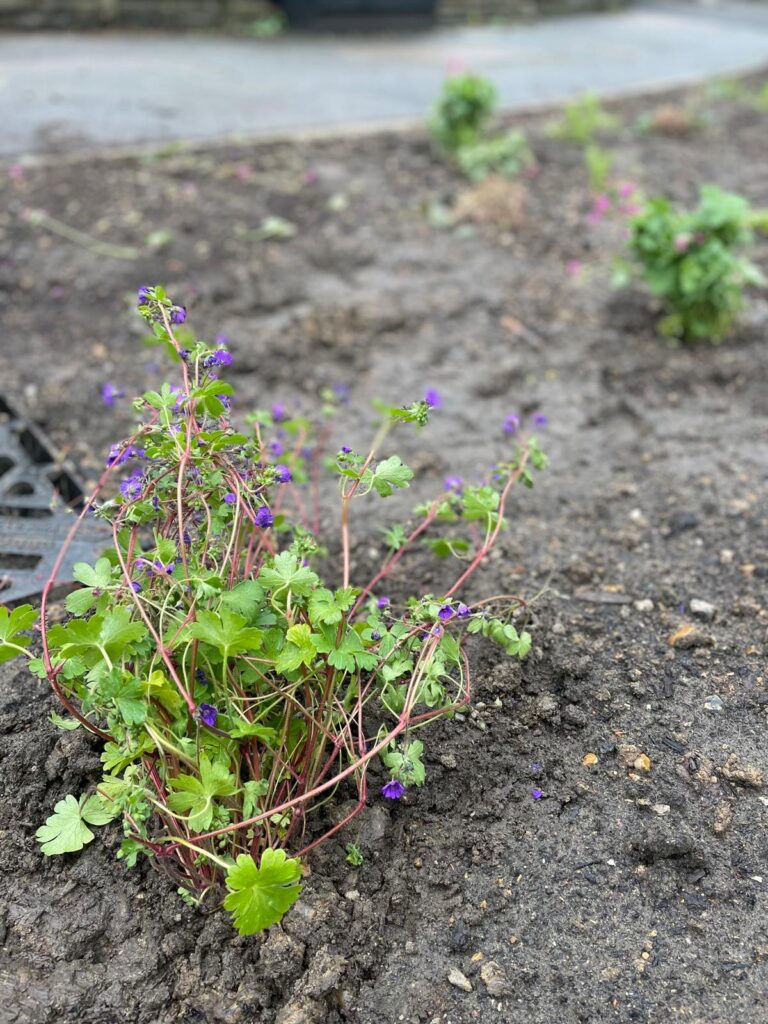
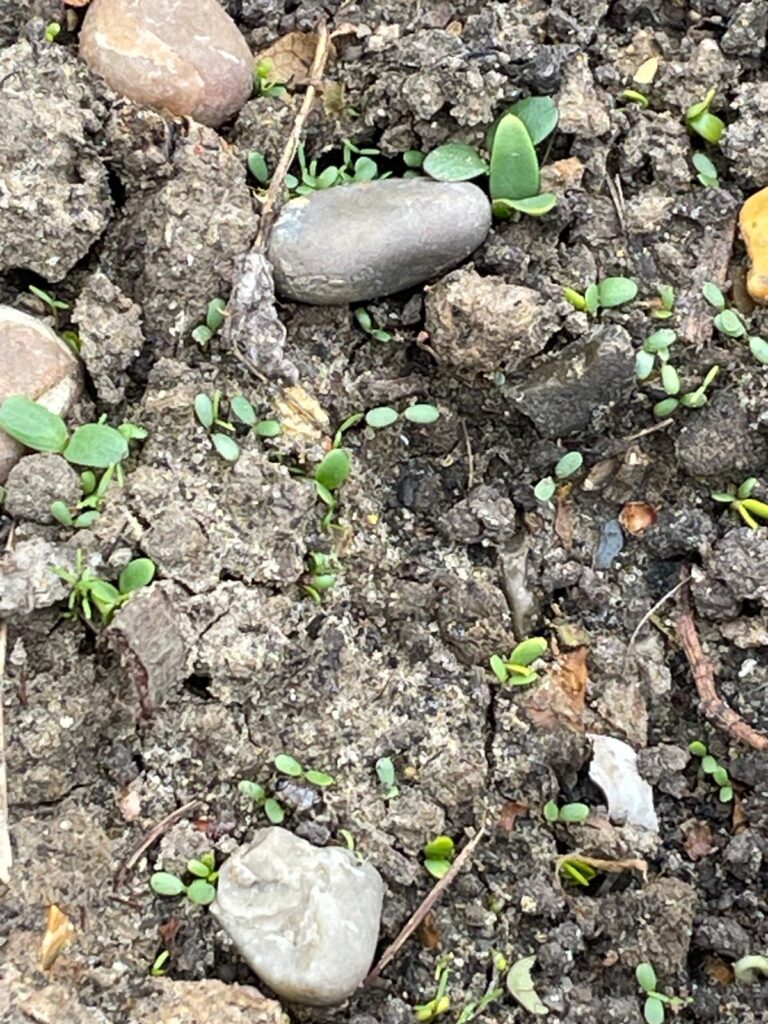
Thanks also to the residents adjacent to the site, who were not originally part of the planting team but have offered the use of their water supply when needed.
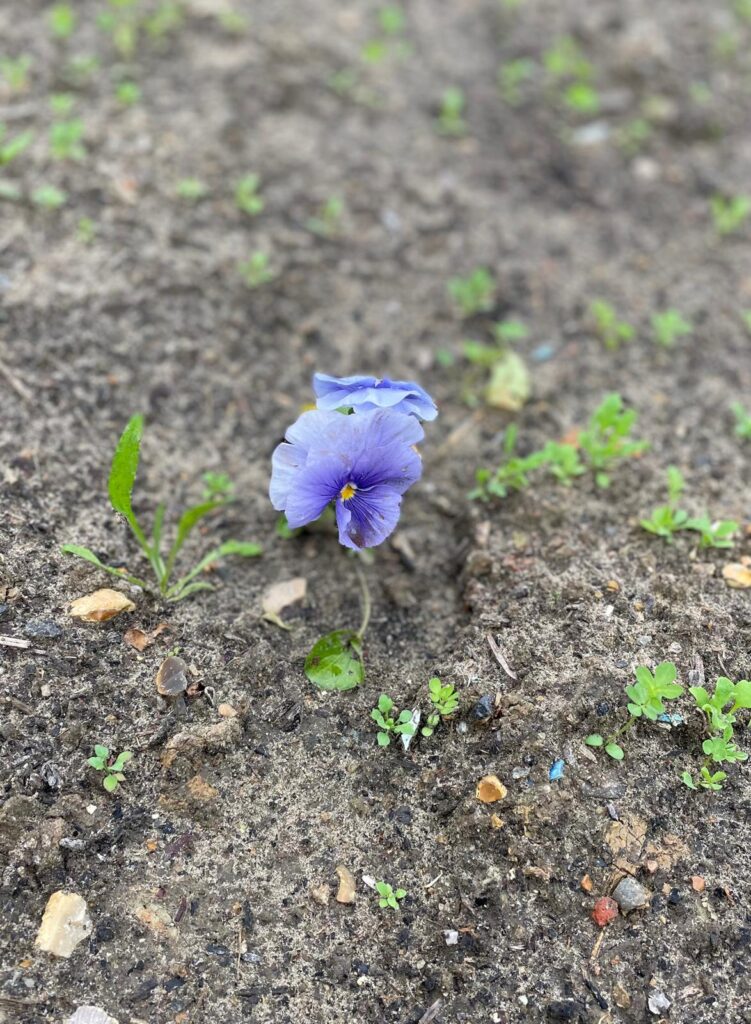
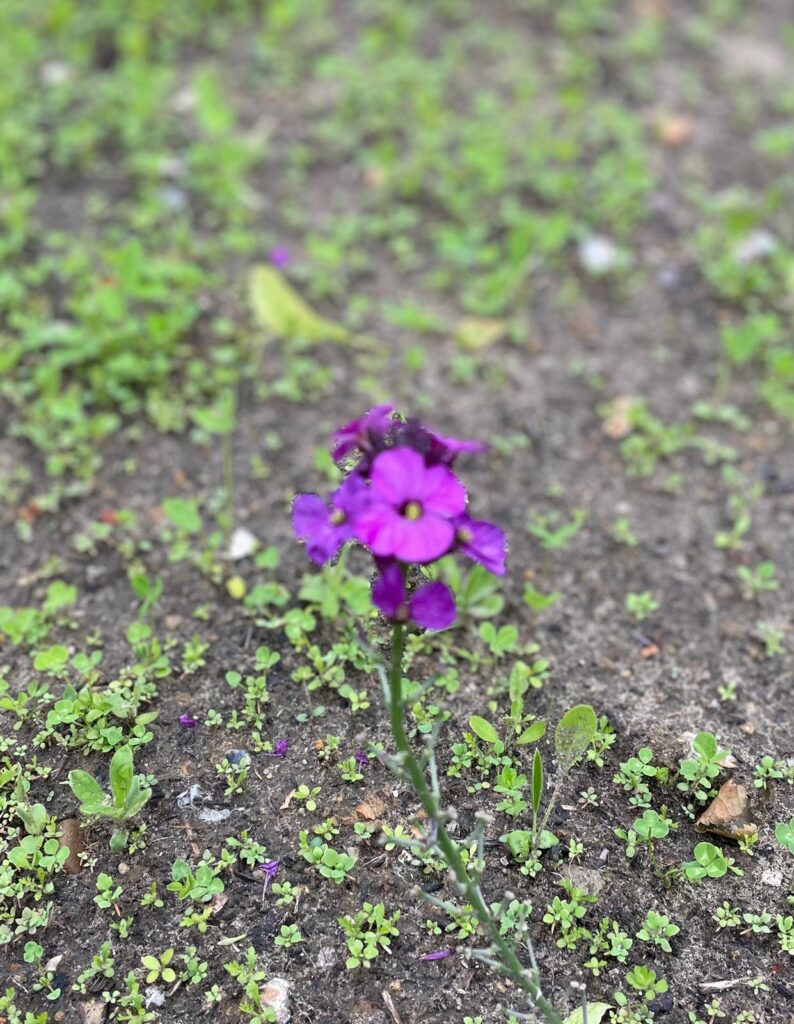
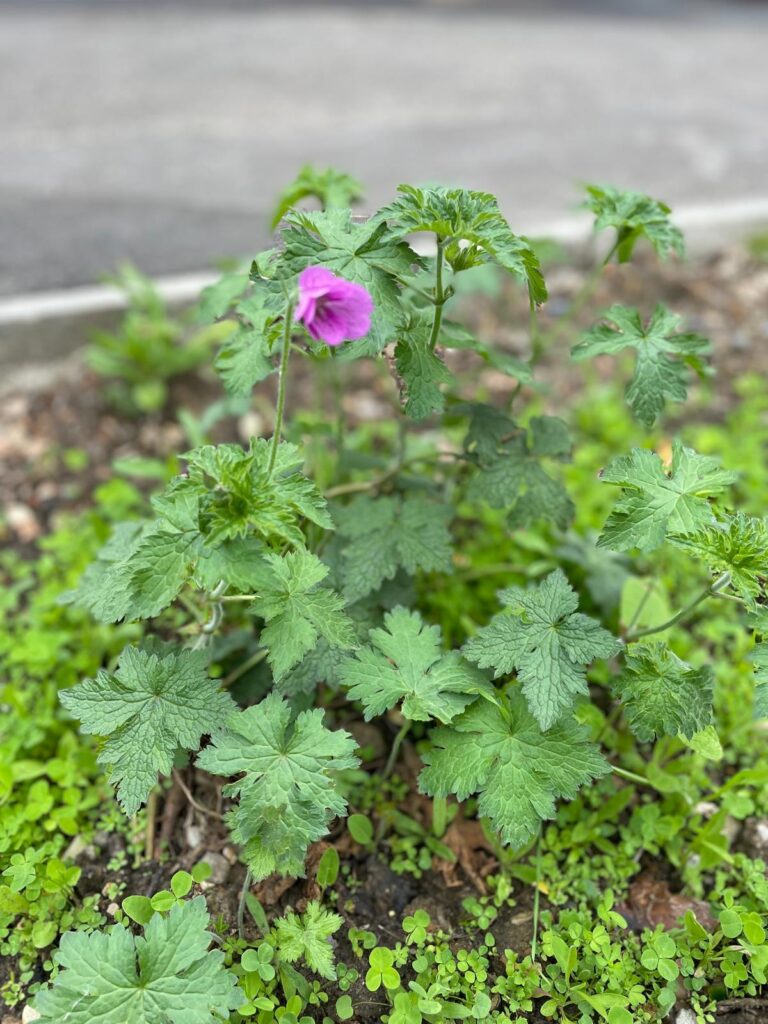
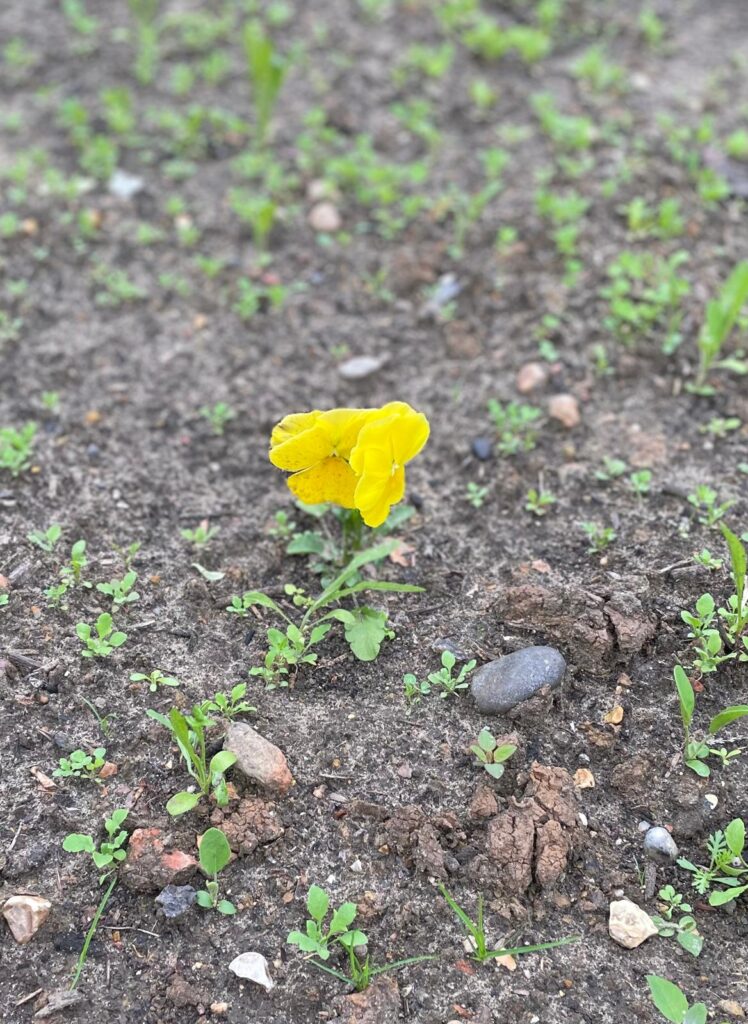


The wet weather and the stony quality of the soil have proved to be the perfect combination for the wildflowers. Locals who travel past on the 101, W19 and 308 buses, have mentioned how lovely it looks.
Additionally, our gardening team was somewhat concerned during a heavy downpour as to whether the new drainage system, recently installed, would prove adequate. However, it coped well with the deluge of water, as seen in the photos.
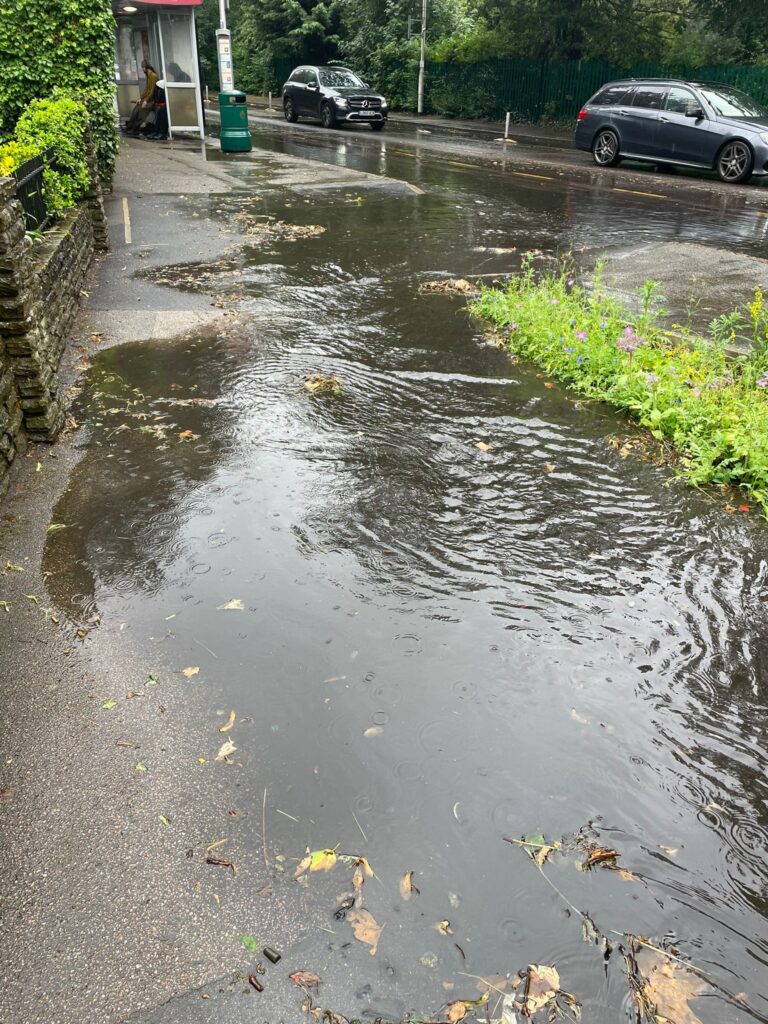
The team continue to monitor the site and take pride in how the plot enhances the area. Bees and butterflies have been spotted which contributes to the wellbeing of our environment. The social interaction of not only the volunteer gardening group but others who have commented on the work is very positive in bringing people together.
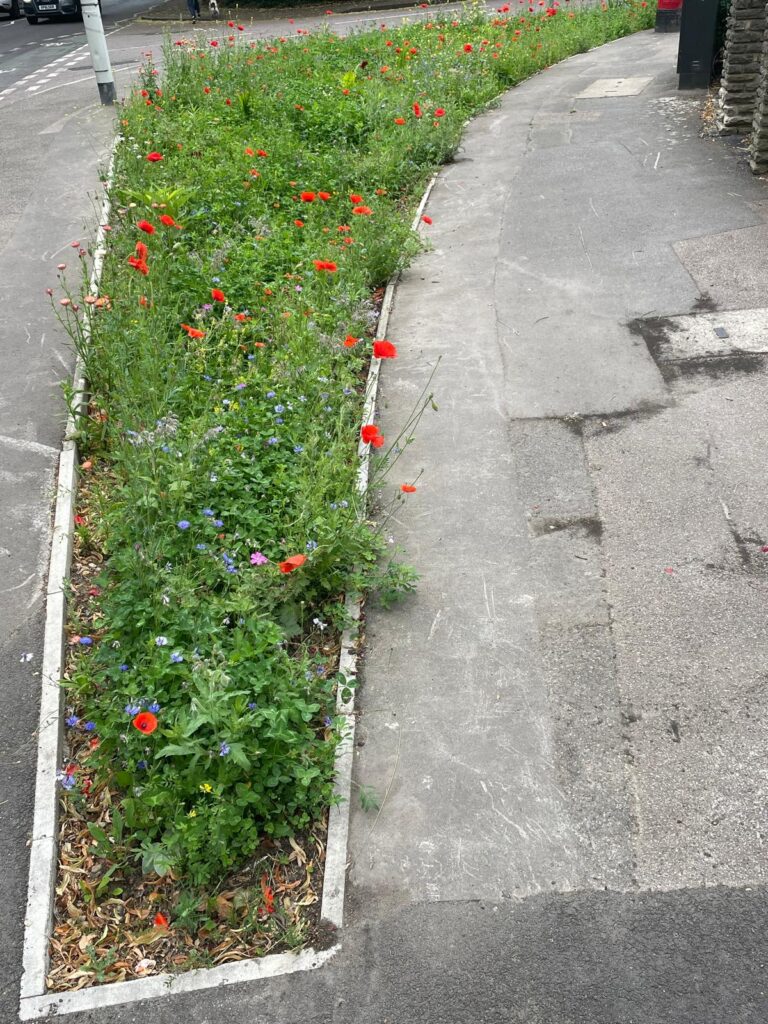
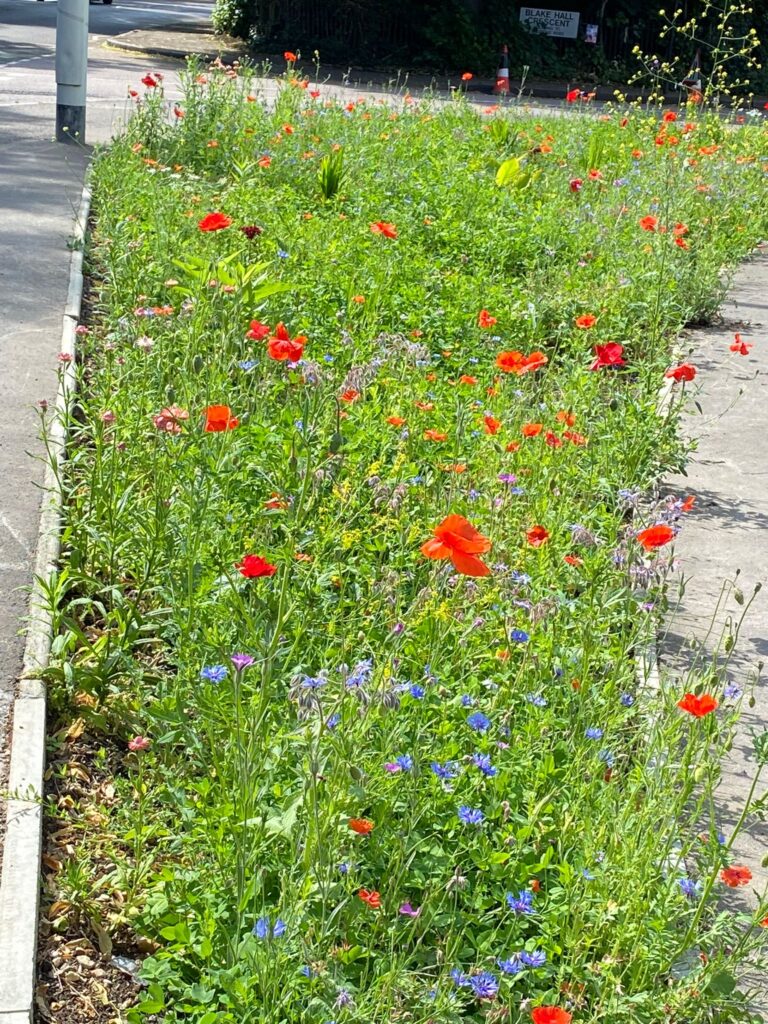
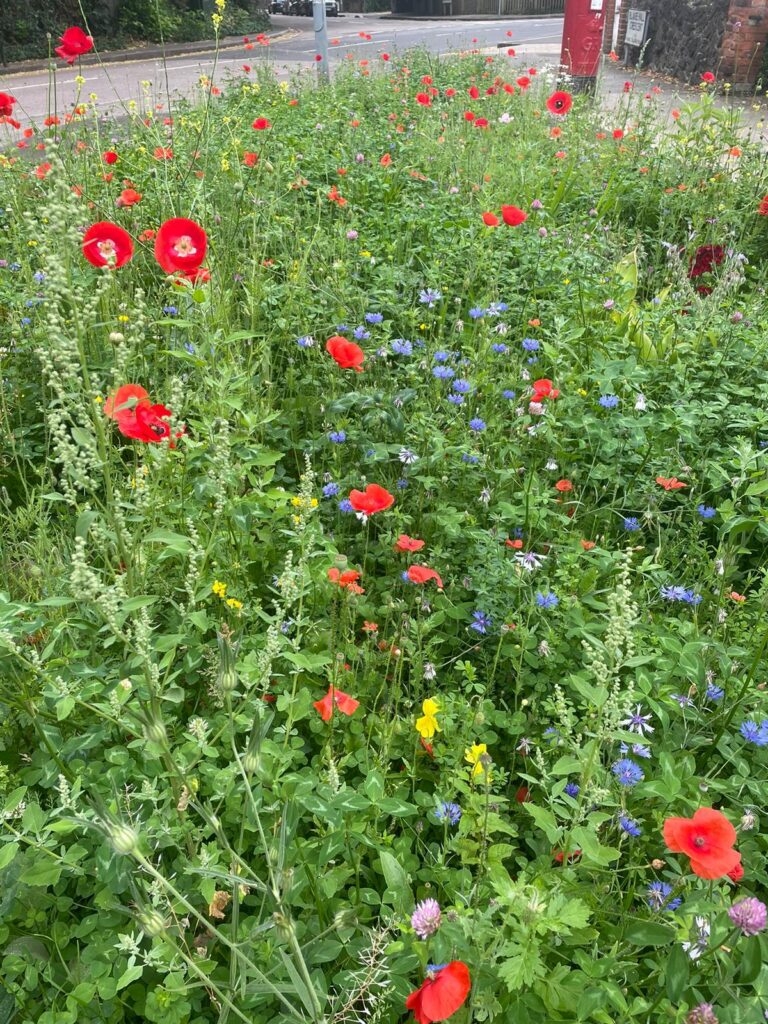
We will continue to care for the site and look forward to supplying further updates.
Rosemarie Coffey, Lakehouse and AHS Gardeners
